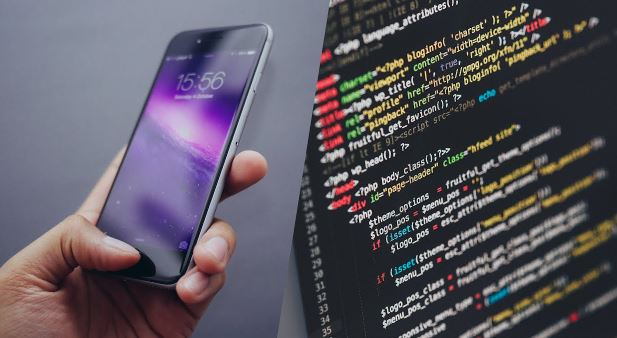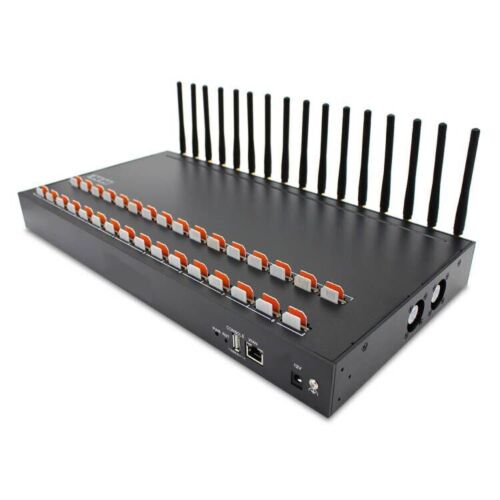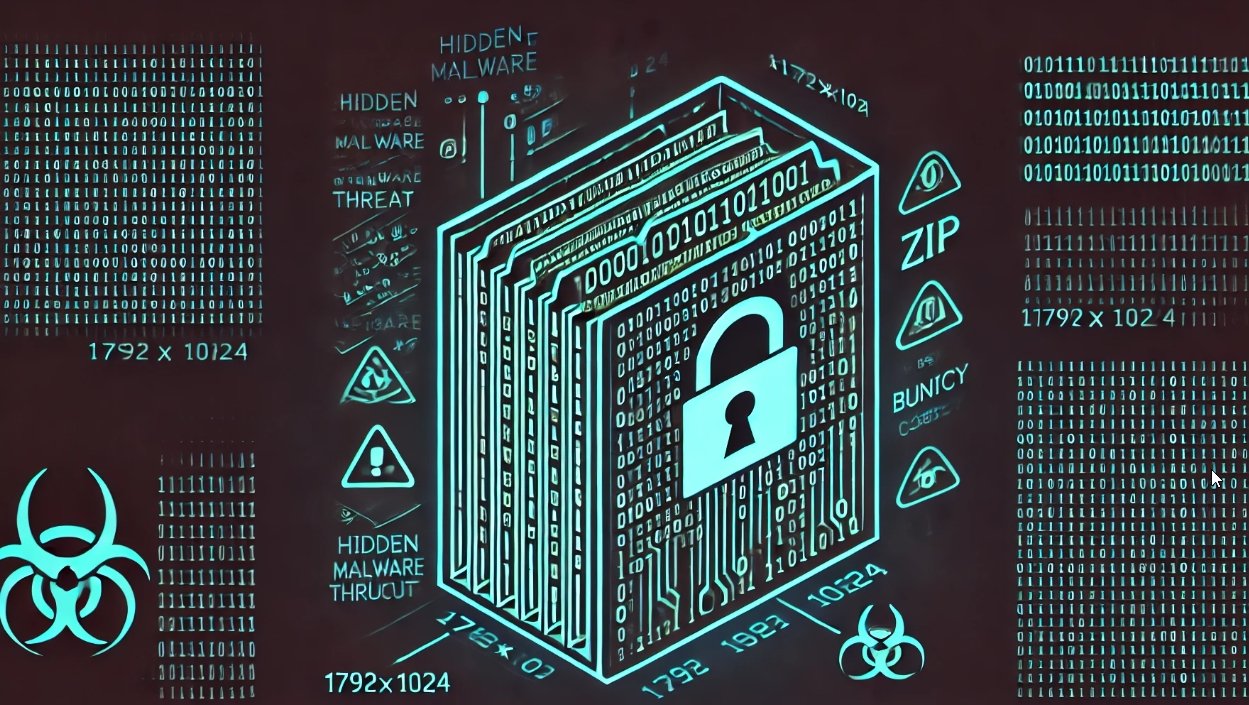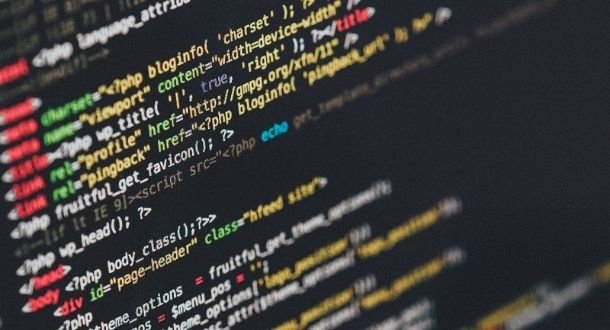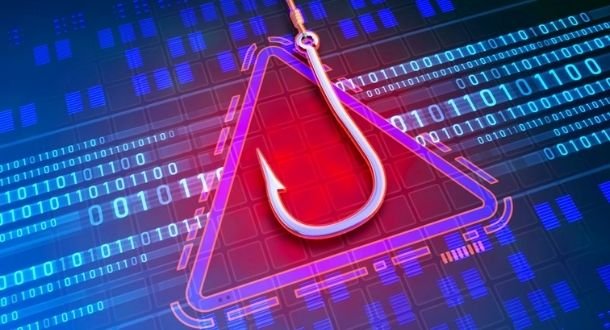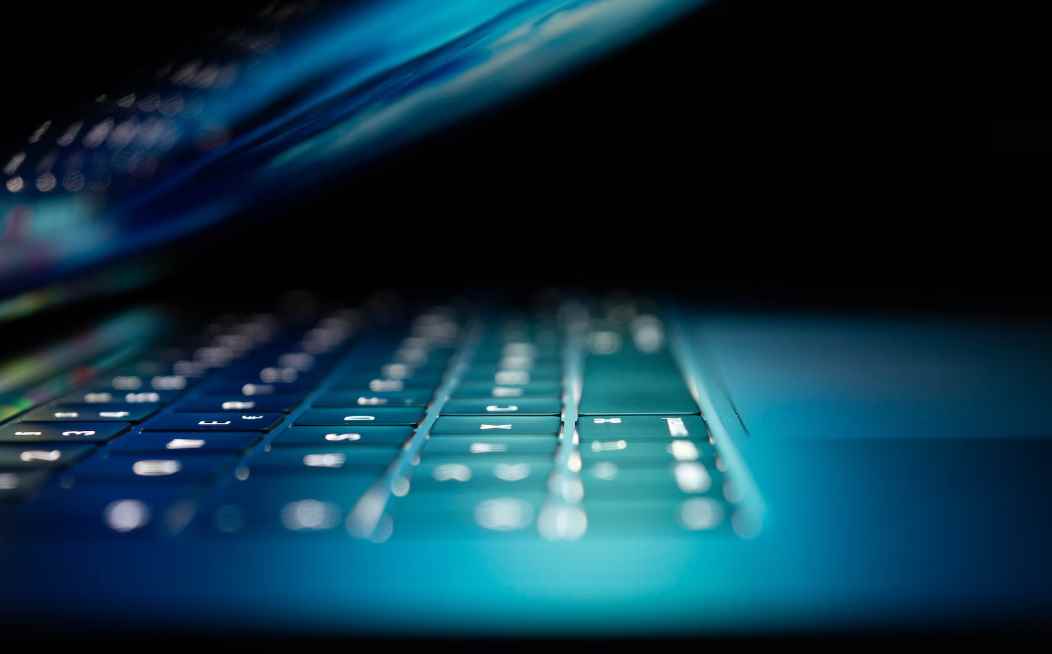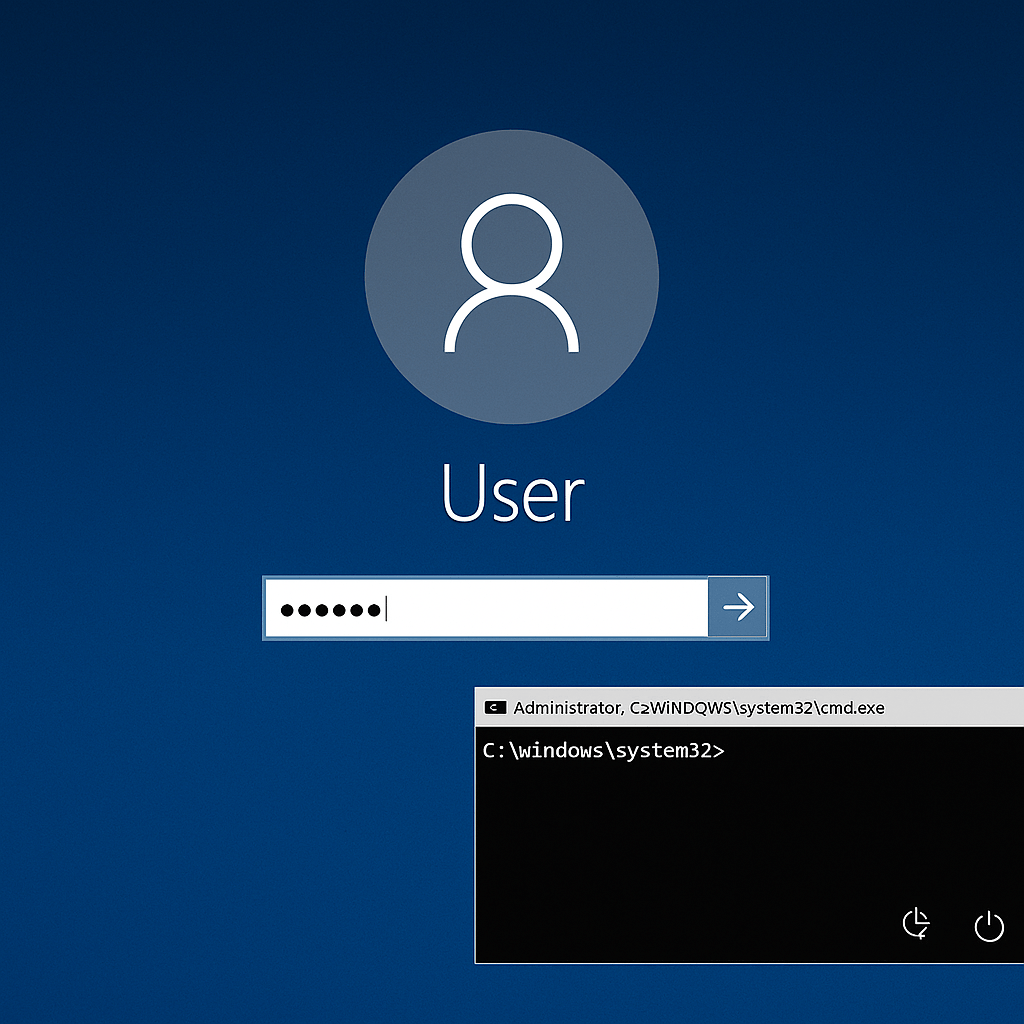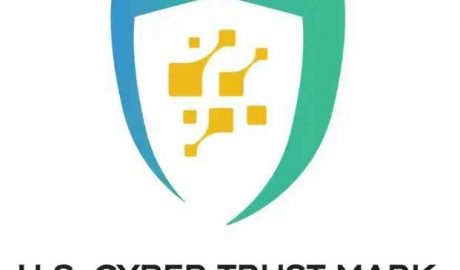The educational landscape has undergone a dramatic transformation with the widespread adoption of artificial intelligence writing tools. While these technologies offer exciting possibilities for learning and creativity, they also present unprecedented challenges for educators striving to maintain academic integrity. As students gain access to increasingly sophisticated AI tools like ChatGPT, Claude, and Jasper, teachers need equally advanced detection capabilities to ensure authentic learning outcomes.
The Academic Integrity Crisis in the AI Era
The integration of AI writing tools into everyday student life has created what many educators describe as an academic integrity crisis. Unlike traditional plagiarism, which involves copying existing content, AI-generated submissions present a more nuanced challenge. Students can produce original-seeming work that bypasses conventional plagiarism checkers while potentially undermining the fundamental learning objectives of assignments.
Recent studies indicate that a significant percentage of students have experimented with AI tools for academic work, ranging from brainstorming and research assistance to complete essay generation. This shift has forced educators to reconsider how they assess student learning and maintain the standards that ensure educational outcomes remain meaningful and authentic.
Why Traditional Detection Methods Fall Short
Conventional plagiarism detection software, while excellent for identifying copied content, struggles with AI-generated text. These tools typically compare submissions against databases of existing content, but AI-generated work is technically “original” in that it hasn’t been previously published. This creates a blind spot that students quickly learn to exploit.
The sophisticated nature of modern AI writing tools compounds this challenge. Advanced language models can produce content that mimics human writing patterns, varies sentence structure, and even adapts to specific writing styles or academic levels. This makes detection increasingly difficult without specialized tools designed specifically for AI-generated content identification.
Essential Features in AI Detection Tools for Education
Accuracy and Reliability
Educational settings demand high accuracy rates to avoid false positives that could unfairly penalize students or false negatives that allow AI-generated work to pass undetected. Effective detection tools must demonstrate consistent performance across various writing styles, academic levels, and subject matters.
Educational Integration
The best detection tools integrate seamlessly with existing educational technology ecosystems. Compatibility with learning management systems (LMS), gradebook software, and commonly used educational platforms ensures that teachers can incorporate AI detection into their existing workflows without disruption.
Student-Friendly Reporting
Effective educational AI detection goes beyond simple yes/no results. Quality tools provide detailed analysis that helps educators understand not just whether content might be AI-generated, but which specific sections or elements triggered the detection. This granular feedback enables more informed conversations with students about academic integrity.
Batch Processing Capabilities
Teachers often need to analyze multiple submissions simultaneously. Efficient detection tools offer batch processing features that allow educators to check entire classes of assignments quickly, saving valuable time while maintaining thoroughness.
AI Detection Tools for Teachers: A Specialized Approach
When it comes to specialized solutions designed specifically for educational environments, ai detection tools for teachers provide targeted functionality that addresses the unique challenges faced in academic settings. These specialized platforms understand the educational context and are optimized for the types of assignments, writing styles, and academic levels commonly encountered in schools and universities.
Unlike generic AI detection tools, education-focused solutions consider factors such as grade-appropriate vocabulary, assignment-specific writing requirements, and the developmental stages of student writing abilities. This educational specialization leads to more accurate detection rates and fewer false positives that can disrupt the learning environment.
Implementation Strategies for Educators
Transparent Communication
Successful implementation of AI detection tools begins with clear communication about their use. Students should understand that these tools are part of the learning environment, not punitive measures. Transparency about detection capabilities often serves as a deterrent while maintaining trust between educators and students.
Educational Opportunities
Rather than viewing AI detection solely as a policing mechanism, forward-thinking educators use these tools as teaching opportunities. When AI-generated content is detected, it can spark valuable discussions about academic integrity, the role of AI in learning, and the importance of developing authentic critical thinking skills.
Policy Development
Institutions benefit from clear policies regarding AI use in academic work. These policies should address when AI assistance is acceptable, how it should be disclosed, and the consequences of undisclosed AI use. Detection tools provide the evidence base needed to enforce these policies fairly and consistently.
Professional Development
Effective use of AI detection tools requires ongoing professional development for educators. Understanding how these tools work, their limitations, and best practices for implementation ensures that teachers can maximize their effectiveness while avoiding common pitfalls.
Supporting Different Educational Levels
Elementary Education
At the elementary level, AI detection tools help teachers identify when students may be receiving inappropriate assistance with assignments designed to assess their developing writing skills. Early detection helps ensure that foundational learning objectives are met authentically.
Secondary Education
High school educators face particular challenges as students become more sophisticated in their use of AI tools. Detection capabilities help maintain the integrity of college preparatory work and ensure that students develop the critical thinking skills necessary for higher education success.
Higher Education
University professors deal with the most advanced AI use cases, where students may employ multiple tools and sophisticated prompt engineering. Comprehensive detection tools help maintain the academic standards essential for degree programs and professional preparation.
Balancing Detection with Educational Innovation
While AI detection is crucial for maintaining academic integrity, educators must also recognize the legitimate educational applications of AI tools. The goal is not to eliminate AI from education entirely but to ensure its use aligns with learning objectives and is appropriately disclosed.
Effective detection tools help educators distinguish between inappropriate AI use that undermines learning and legitimate AI assistance that enhances the educational process. This nuanced approach allows for innovation while preserving academic standards.
Best Practices for Classroom Implementation
Regular Monitoring
Consistent use of AI detection tools creates a culture of accountability and helps identify patterns in AI use across different assignments and student populations. Regular monitoring provides valuable data for refining teaching strategies and assignment design.
Collaborative Approach
Involving students in discussions about AI detection helps build understanding and buy-in for academic integrity policies. When students understand the reasoning behind detection tools, they’re more likely to use AI responsibly and disclose its use appropriately.
Continuous Learning
The AI landscape evolves rapidly, and detection tools must keep pace. Educators should stay informed about new AI tools that students might use and ensure their detection capabilities remain current and effective.
The Future of AI Detection in Education
As AI technology continues to advance, detection tools will need to evolve accordingly. Future developments may include more sophisticated analysis capabilities, better integration with educational platforms, and enhanced reporting features that provide deeper insights into student learning patterns.
The most effective educational AI detection solutions will likely incorporate predictive analytics, helping educators identify at-risk students or problematic patterns before they become significant issues. This proactive approach supports both academic integrity and student success.
Making the Right Choice for Your Institution
Selecting the appropriate AI detection tool requires careful consideration of institutional needs, student populations, and existing technology infrastructure. The most effective solutions combine high accuracy rates with educational-specific features and seamless integration capabilities.
Institutions should evaluate potential tools based on their track record in educational environments, ongoing support and training offerings, and ability to adapt to evolving AI technologies. The investment in quality detection tools pays dividends in maintained academic standards and supported learning outcomes.
Conclusion: Empowering Educators in the AI Age
The integration of AI detection tools into educational practice represents a necessary evolution in response to technological advancement. Rather than viewing these tools as purely defensive measures, educators can embrace them as enablers of authentic learning and meaningful assessment.
By implementing comprehensive ai detection tools for teachers, educational institutions can maintain their commitment to academic integrity while adapting to the realities of an AI-enhanced world. The key lies in thoughtful implementation that balances detection capabilities with educational innovation, ensuring that technology serves learning rather than undermining it.
As we navigate this new educational landscape, the goal remains constant: fostering genuine learning, critical thinking, and academic growth. AI detection tools, when properly implemented and used, serve as valuable allies in achieving these fundamental educational objectives while preparing students for a future where AI literacy and ethical use of technology are essential skills.

Working as a cyber security solutions architect, Alisa focuses on application and network security. Before joining us she held a cyber security researcher positions within a variety of cyber security start-ups. She also experience in different industry domains like finance, healthcare and consumer products.

